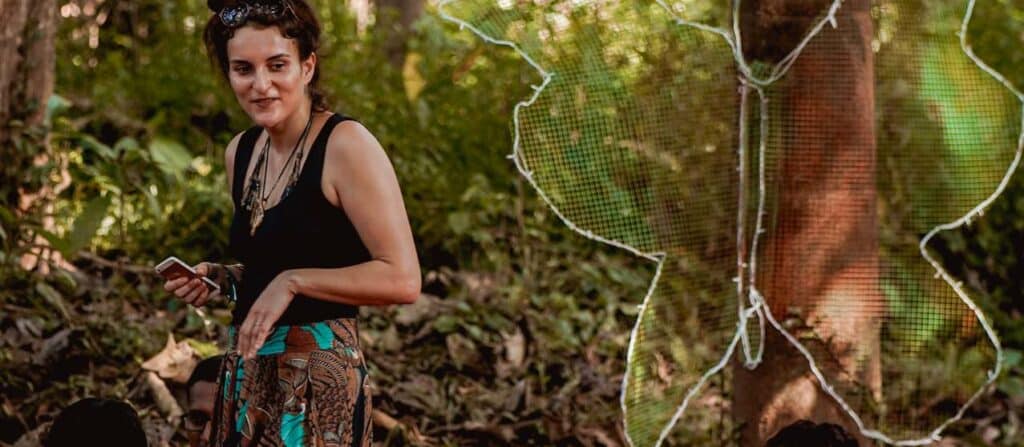With 80 events by 60 arts organisations in 18 cities, the three-day 2022 edition of the AF Weekender will be one of the largest-ever celebrations of the visual arts in the country. We interviewed Nivedita Poddar, the Kolkata-based founder of Art Fervour, the digital visual arts discovery platform behind AF Weekender, about the themes, history and highlights of the festival. Edited excerpts:
How did you conceptualise the festival?
Art Fervour’s vision has always been to make the creative arts, with special emphasis on visual arts, more accessible. Visual arts are inspired by other forms of art and we want to highlight its dynamism. We try to make engagement with visual arts fun, especially because we are geared toward new audiences.
People have this notion that visual arts are intimidating, or they’re only for the intellectuals, or for buyers. Our aim is to break that notion. If design can be cool and fun, and fashion can be cool and fun, why can’t visual arts? They’re an object of cultural value that you need to experience and engage with. Keeping in mind our vision, we wanted to do a festival that could be accessible to many people. We not only have exhibitions but walkthroughs, workshops, film screenings, studio visits, previews and even a book launch!
Fairs and festivals tend to happen in [only] one place. You could be in Bombay, and not be able to attend a festival happening in Delhi. Therefore, we wanted to be able to bring the experience to people’s doorstep. We figured the best possible way to achieve that would be to involve the local art and culture, and communities. That’s how the idea for this festival came about.
With our programming in each city, we have tried to include variety. It includes heritage walks, workshops, and visits to galleries. There is something for everyone.
How did you choose the 18 cities that are part of the festival?
Initially, we chose about eight or nine cities. However, we invited artists, galleries and museums that we are not familiar with to reach out if they wanted to participate in their city’s programming. There were many who wished to participate, and we thought, ‘Well, why not?’. In some of these cities, the environment, and the fabric of the art and culture are new, for us as well.
How will you ensure a certain level of quality across the festival?
Our core team is fully remote and spread across Bombay, Bangalore, Pune, Delhi and Jaipur. For the other cities where we don’t have a core team member, we have volunteers to ensure that everything runs smoothly.
Is there a particular theme that binds all of the events together?
The programme is split into four different segments. AF Lates will have participants engaging in conversations about art over drinks on a Friday night; AF Create will give you a hands-on experience of creating art such as pottery, linocuts and zine prints, woodblock prints, and graphic narratives; AF Explore will involve discovering and experiencing the art in your city; and AF Play will offer a whole new way of interacting with art through games.
Have you tied up with festivals on ongoing exhibitions or are there events curated specially for AF Weekender?
It’s a mix of both. For some of the programming, we have incorporated events that the galleries have scheduled in their calendars. Apart from this, there are also events curated especially for the Weekender such as exhibitions at the Indian Contemporary Art Gallery and the Juneja Art Gallery in Jaipur; the Khirkee Photo Walk by Khoj and Chime-ing in with Musical History with Shaleen Wadhwani and Nymphea Noronha in Delhi, Postform at VHC Art Gallery in Pune, and the Art District Walks by the St+Art Foundation in Delhi and Mumbai.
Tell us about the art-themed games planned.
We believe that games allow for a different kind of interaction with art, as opposed to reading it or viewing it. We have programmed scavenger hunts, treasure hunts and even digital games for those who are unable to attend physically.




Share on